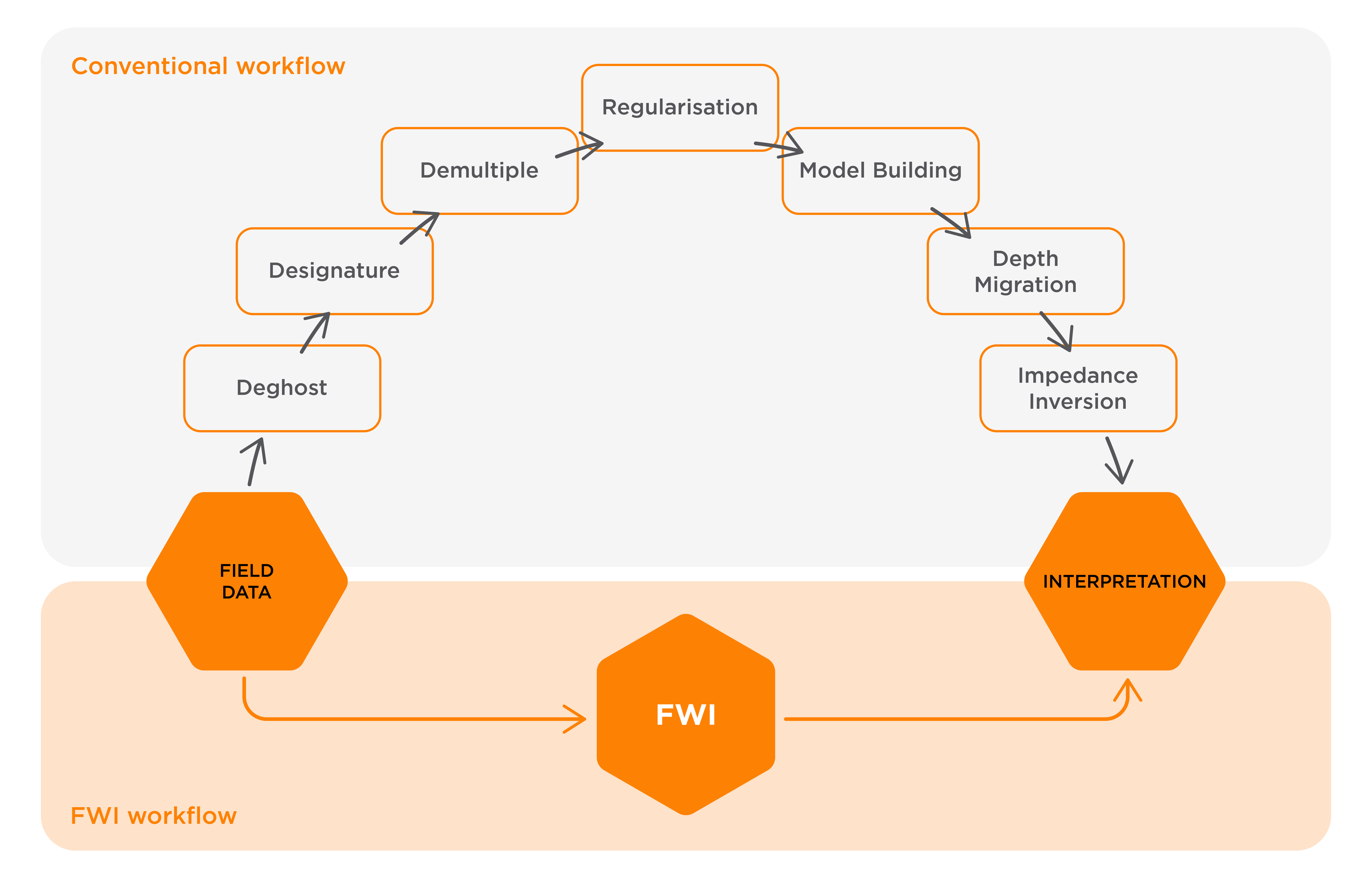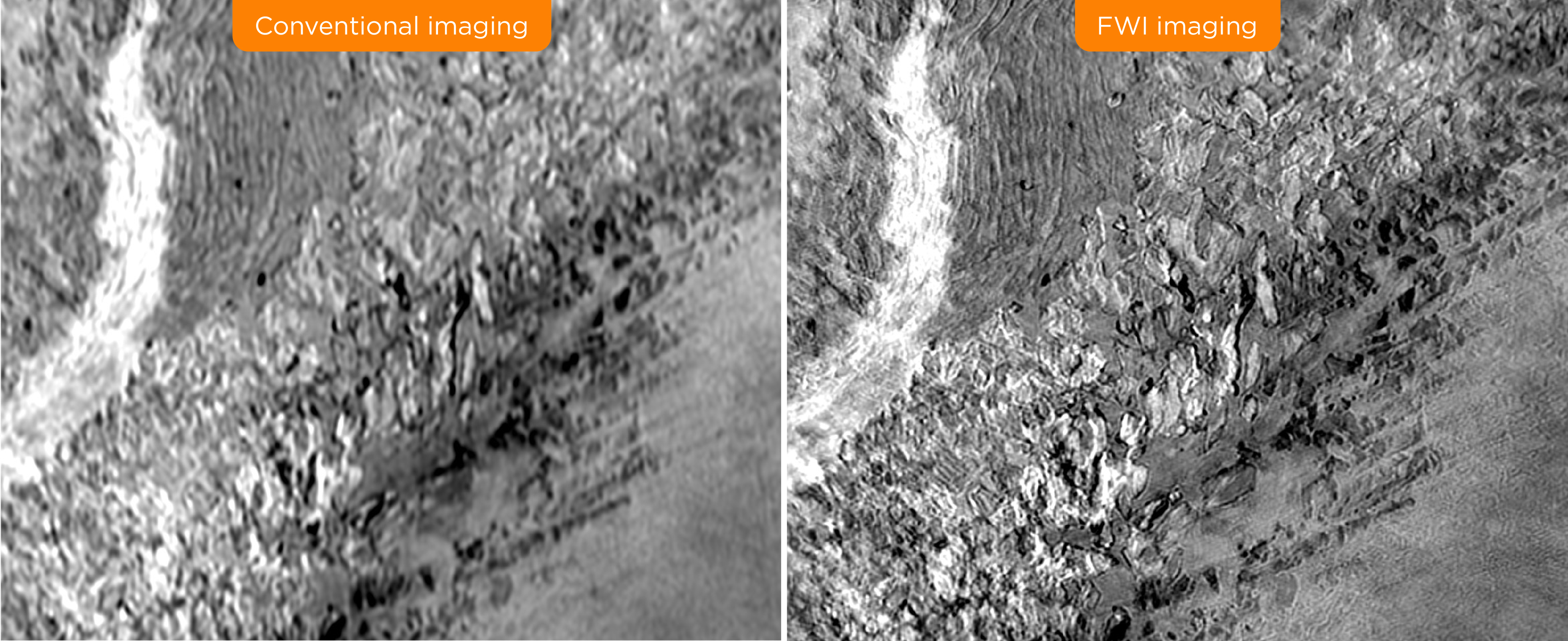Founded in 2003, DUG Technology has experienced incredible growth over the past two decades, to become a trusted provider of green high-performance computing (HPC) solutions and innovative seismic services.
The company was initially built on the idea for a decision support system to help the oil and gas sector process and image its large seismic data sets, analysing and presenting them in ways that were easier to understand and act upon. Today, it works with an increasingly diverse range of clients, with offices in Australia, Malaysia, the US, and the UK. To support this work, DUG designs, owns, and operates a network of some of the largest and greenest supercomputing installations on Earth.
"Our experience and know-how in crunching big data has taken us from identifying valuable oil fields to creating images of distant galaxies, genome mapping, climate modelling and more," DUG Managing Director and co-founder Matt Lamont says.
"Our software and service offerings are backed by tailored support for technology onboarding, algorithm development, and code optimisation."
A former employee of Woodside in Perth and BHP Billiton in Houston with several decades of experience, Matt - who also holds a PhD in Geophysics from Curtin University - has played a significant role in shaping DUG over the years.
In 2016, the company initiated a leap forward in seismic analysis with research and development of DUG Wave, a new toolkit for reducing project turnaround-times and significantly improving results by combining two key technologies: the advanced physics of full waveform inversion (FWI) and the HPC horsepower the company is renowned for.
With continued and focussed development the company built a revolutionary solution for seismic processing and imaging. Since 2018, DUG has successfully delivered high-frequency FWI solutions, and in 2021 it introduced its latest augmented acoustic wave equation technology as part of DUG Wave.
So, how does it work?
Conventional seismic processing, imaging and interpretation workflows contain many time-consuming, labour-intensive, serial steps. In fact, the entire sequence can often take 12 months or longer. DUG Wave significantly reduces the time it takes to produce accurate seismic images by providing reflectivity images for both structural and quantitative interpretation in a fraction of the time - without the need for those serial steps.

"Our technology enables full-wavefield model building and least-squares imaging using field-data input, simultaneously handling deghosting, demultiple and designature - it is literally the entire conventional workflow in a single process," Matt explains.
"It also elegantly handles regularisation, attenuation and anisotropy, with angle-dependent outputs that allow not only conventional interpretation but also amplitude-versus-angle (AVA) analysis as well."
Conceptually FWI is used to refine an Earth model so that synthetic seismic data generated using the model better matches observations made in the real world. A phenomenon known as cycle-skipping can cause conventional FWI algorithms to match incompatible cycles in the observed and modelled wavefields, resulting in inaccurate velocity models and less-than-optimal imaging.
To mitigate cycle skipping, DUG Wave employs an algorithmic technique called multi-dimensional optimal transport. This allows DUG to start FWI with very simple models which also serves to reduce the turnaround time.
Ultimately, this leads to superior results in a significantly shorter timeframe, culminating in what Matt calls a total replacement for the entire processing and imaging workflow.
"On a recent project, we delivered a high-frequency result in a few weeks that would have taken four to five months using conventional techniques," he explains. "I really can't overstate how excited we are about this technology as a complete and superior solution for subsurface characterisation."

DUG goes beyond providing state-of-the-art seismic services with its innovative, environmentally friendly, big-data solutions. Data centres across the globe are enormous consumers of power. That's why DUG has invested heavily in R&D to process and store data in an environmentally sustainable way.
With the company's patented immersion-cooling technology, DUG Cool, computers are fully submerged in tanks filled with a non-toxic and biodegradable fluid that doesn't conduct electricity. This green technology cuts energy use by more than half, helping DUG play a role in reducing the carbon footprint of data processing and storage.
The fact that DUG Wave has delivered so many successful projects and garnered the trust of clients across the globe is a testament to the capabilities of DUG's R&D team.
"All our software, including DUG Wave, is designed for geoscience, not computer science - it frees users from all the IT complexities," Matt says.
"We've put a lot of thought into our software design. With simple and intuitive user interfaces, extensive best-practice documentation, and round-the-clock support, we ensure that our users are 100% focussed on the science," he concludes.
DUG Wave is part of DUG Insight, which is available on the DUG McCloud platform or as a standalone software package. Clients can run the software using their hardware, with DUG's HPC, or as a traditional service project.






